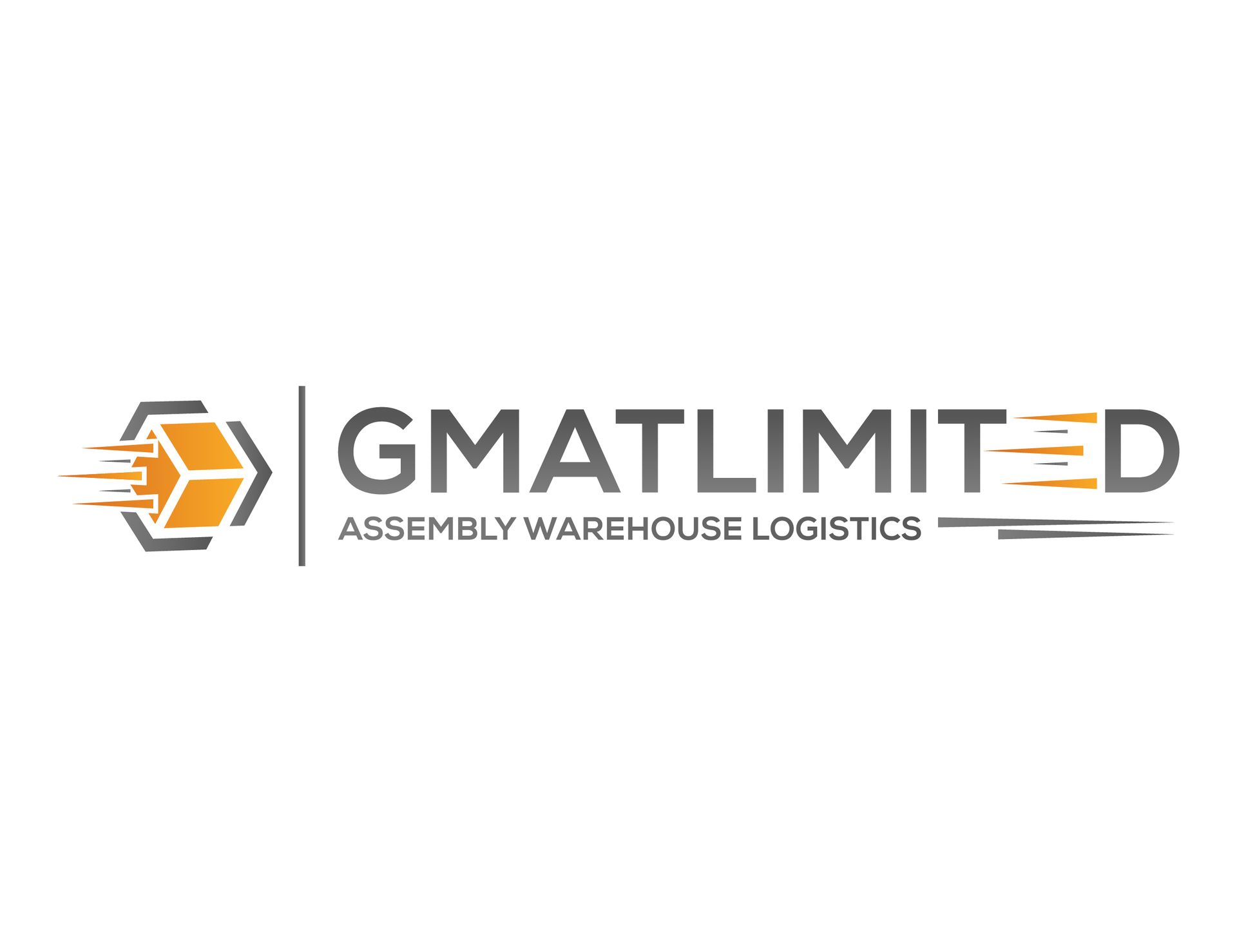Why Accurate Inventory Management Matters for Online Retailers
Accurate inventory management serves as the backbone of successful retail operations in the competitive e-commerce market. When businesses maintain precise control over their stock levels, they can fulfill customer orders reliably, minimize carrying costs, and maximize profitability. However, poor inventory practices create a domino effect of problems, including stockouts that frustrate customers, overstocking that ties up capital, and operational inefficiencies that increase costs.
For online retailers serious about sustainable growth, implementing robust inventory management systems and partnering with professional e-commerce warehouse solutions transforms these challenges into competitive advantages that drive long-term success.
Key Takeaways
- Accurate inventory management prevents costly stockouts and overstock situations that directly impact revenue and customer loyalty
- Modern inventory management systems provide real-time visibility across multiple sales channels and warehouse locations
- Perpetual inventory systems offer superior accuracy compared to periodic counting methods for growing ecommerce businesses
- E-commerce warehouse solutions integrate seamlessly with existing business systems to improve operational efficiency
- Strategic inventory management reduces carrying costs while maintaining optimal service levels for customers
- Professional warehousing and inventory management solutions scale with business growth and seasonal demand fluctuations
Understanding Inventory Management Systems for E-commerce
An inventory management system serves as the central hub for tracking products, managing stock levels, and coordinating fulfillment operations across your entire business. These systems go far beyond simple spreadsheets to provide comprehensive visibility into your inventory's movement, demand patterns, and supply chain performance.
Modern inventory management systems integrate with multiple sales channels and platforms to create seamless operations:
- Real-time inventory tracking across all sales channels and warehouse locations
- Automated order processing that prevents overselling situations
- Integration with accounting platforms for accurate financial reporting
- Warehouse management system connectivity for streamlined fulfillment
Core Components of Effective Inventory Programs
Successful inventory programs incorporate several essential components that work together to maintain optimal stock levels:
- Real-time tracking capabilities that monitor inventory movement as transactions occur
- Automated reorder points that trigger purchase orders when stock falls below predetermined levels
- Demand forecasting tools that analyze historical data and market trends
- Multi-location inventory tracking for businesses with multiple warehouses
- Quality control workflows that track batch numbers and expiration dates
- Supplier system integration for streamlined receiving processes
Benefits of Perpetual Inventory Systems
A perpetual inventory system maintains continuous, real-time records of inventory levels by updating quantities immediately as transactions occur. This approach provides superior accuracy compared to periodic inventory methods that rely on manual counts performed at specific intervals.
For e-commerce businesses handling high transaction volumes, perpetual systems eliminate the gaps in inventory visibility that can lead to overselling and stockouts. The continuous tracking capabilities enable better decision-making throughout the organization by providing current inventory levels for informed purchasing decisions and resource allocation.
This real-time visibility supports more accurate financial reporting by providing current inventory values for accounting purposes. Management can access precise inventory data at any time to plan promotional campaigns, negotiate with suppliers, and make strategic business decisions based on actual stock levels rather than estimates.
Key Advantages for Growing Businesses
- Immediate detection of discrepancies allows for quick investigation and resolution of inventory issues
- Reduced need for manual cycle counts saves labor costs and minimizes operational disruptions
- Enhanced visibility into inventory movement patterns helps identify fast-moving and slow-moving products
- Improved accuracy in financial reporting through current inventory valuations and cost calculations
- Better customer service through accurate product availability information across all sales channels
The Cost of Poor Inventory Management
Inadequate inventory management creates a cascade of problems that directly impact profitability and customer satisfaction. Understanding these costs helps businesses prioritize investment in proper systems:
- Stockouts that represent lost sales opportunities and frustrated customers who turn to competitors
- Overstocking that ties up valuable working capital in slow-moving inventory
- Inefficient labor utilization as staff search for misplaced items or process incorrect orders
- Emergency ordering at premium prices due to inaccurate demand planning
- Product obsolescence and damage from excess inventory sitting in warehouses
- Damaged brand reputation and reduced customer lifetime value
These operational inefficiencies compound over time, creating higher fulfillment costs and longer processing times that negatively affect customer experience. Poor inventory accuracy makes it difficult to make informed purchasing decisions and often results in reactive rather than strategic business operations.
Comprehensive E-commerce Warehouse Solutions
Professional e-commerce warehouse solutions go beyond basic inventory tracking to provide comprehensive fulfillment capabilities that support business growth. These solutions combine advanced technology with specialized expertise to create seamless customer experiences.
Key benefits of partnering with e-commerce warehousing service providers include:
- Access to sophisticated infrastructure without capital investment requirements
- Automated systems and optimized workflows for efficient order processing
- Climate-controlled environments and security systems for product protection
- Specialized handling procedures for different product categories
- Integration capabilities with existing e-commerce platforms and business systems
- Scalable capacity that adapts to seasonal demand fluctuations
Internal vs. Outsourced Warehouse Management
| Internal Warehouse Management | Outsourced Warehouse Solutions |
|---|---|
| High upfront capital investment | Lower upfront costs |
| Full control over operations | Access to specialized expertise |
| Fixed capacity limitations | Scalable capacity options |
| Internal staff training required | Advanced technology included |
E-commerce warehousing companies specialize in handling diverse product ranges and can adapt quickly to changing business requirements. They maintain relationships with multiple shipping carriers to provide cost-effective delivery options and often negotiate better rates than individual retailers.
The integration of warehousing in e-commerce operations allows retailers to focus on core business activities like product development, marketing, and customer acquisition while ensuring that their customers receive prompt, reliable fulfillment services. Professional fulfillment providers also offer value-added services such as kitting, custom packaging, and returns processing that enhance the overall customer experience.
Advanced Features for Competitive Advantage
Modern inventory management programs offer sophisticated features that provide competitive advantages for forward-thinking retailers. These advanced capabilities help optimize operations and improve customer satisfaction:
- Predictive analytics that analyze market trends and customer behavior patterns
- Multi-channel synchronization for consistent inventory visibility across all platforms
- Automated supplier communication with electronic purchase orders and delivery tracking
- Smart allocation rules that prioritize channels and customer segments
- Integration with supplier systems for real-time visibility into incoming inventory
These automated workflows reduce manual effort while improving accuracy and response times throughout the supply chain. Advanced allocation capabilities ensure fair distribution of available stock while enabling strategic prioritization when needed.
Performance Monitoring and Optimization
Continuous monitoring of inventory performance metrics helps identify opportunities for improvement and ensures that systems continue meeting business objectives. Regular analysis reveals trends and patterns that inform strategic decisions about product mix, supplier relationships, and warehouse operations.
Essential performance indicators for inventory management include:
- Inventory turnover rates that measure how efficiently products move through the system
- Stockout frequencies and their impact on customer satisfaction scores
- Carrying costs as a percentage of total inventory value
- Order fulfillment accuracy rates and processing times
- Demand forecast accuracy compared to actual sales performance
Advanced reporting capabilities provide insights into product performance across different time periods, customer segments, and sales channels. These reports help retailers identify slow-moving inventory that may require promotional pricing or clearance strategies. Understanding which products generate the highest margins and fastest turnover enables more informed purchasing decisions and inventory allocation strategies.
Implementation Strategies for Success
To successfully implement inventory management systems, you need careful planning and systematic execution. Begin by conducting a thorough audit of current inventory practices to identify pain points and areas for improvement.
Data migration is one of the most critical aspects of system implementation. Accurate transfer of existing inventory records, supplier information, and historical sales data ensures continuity of operations during the transition period.
Essential Implementation Steps
- Conduct a comprehensive inventory audit to establish accurate baseline data for all products
- Configure system parameters, including reorder points, lead times, and safety stock levels
- Establish integration protocols with existing e-commerce platforms and accounting systems
- Train staff on new procedures and ensure understanding of system capabilities and limitations
- Implement a gradual rollout schedule to minimize disruption to ongoing operations
- Monitor system performance closely during initial weeks to identify and resolve issues quickly
Frequently Asked Questions
What is the difference between inventory management systems and basic spreadsheet tracking?
Inventory management systems provide real-time updates, automated calculations, and integration with other business systems that spreadsheets cannot match. Professional systems also offer advanced features like demand forecasting, multi-location tracking, and automated reordering that significantly improve accuracy and efficiency.
How do e-commerce warehouse solutions integrate with existing business systems?
Modern ecommerce warehouse solutions use APIs and standardized data formats to connect seamlessly with popular ecommerce platforms, accounting software, and shipping systems. These integrations enable automatic data synchronization and eliminate the need for manual data entry between different business applications.
What are the key benefits of using a perpetual inventory system for online retail?
Perpetual inventory systems provide continuous real-time visibility into stock levels, reducing the risk of stockouts and overselling situations. They also minimize the need for manual inventory counts and provide more accurate financial reporting through up-to-date inventory valuations.
How can warehousing and inventory management solutions scale with business growth?
Professional warehousing and inventory management solutions offer flexible capacity that can expand during peak seasons and accommodate new product lines. They also provide access to advanced technology and experienced staff without requiring significant capital investment from growing businesses.
What should businesses look for when choosing e-commerce warehousing companies?
Look for providers with proven experience in your product category, advanced technology platforms, and strong customer service capabilities. Consider factors like location, proximity to customers, integration capabilities, scalability options, and transparent pricing structures when evaluating potential partners.
Final Thoughts
Accurate inventory management serves as the foundation for sustainable e-commerce success, directly impacting customer satisfaction, operational efficiency, and profitability. Modern inventory management systems and e-commerce warehouse solutions provide the tools and expertise needed to maintain optimal stock levels while scaling operations effectively. Investing in professional warehousing and inventory management capabilities positions online retailers for long-term growth while delivering the reliable service that customers expect in today's competitive marketplace.
Discover how our inventory solutions can boost your profitability.
Reference:
https://www.shopify.com/ph/blog/inventory-metrics













